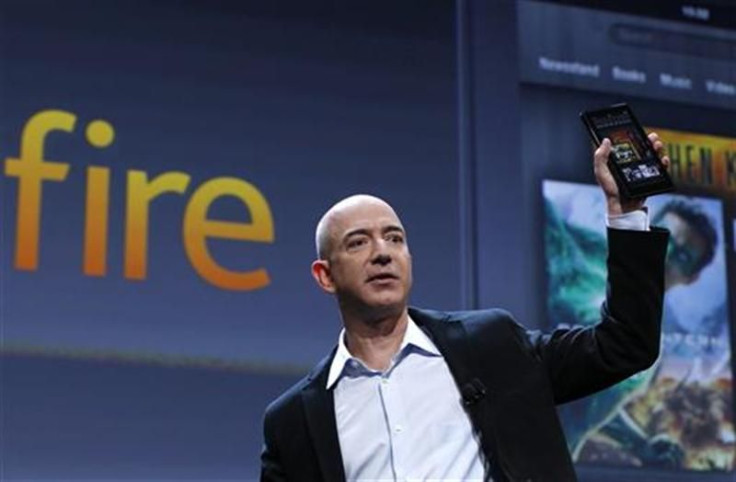Amazon’s Kindle Fire Likely to Take Second Place in Tablet Market

Amazon.com Inc.'s Kindle Fire may find its way to second place in terms of market share among tablets in the fourth quarter, gaining an edge over all other Apple iPad rivals, according to research firm IHS Inc.
Kindle Fire shipments are likely to exceed 3.9 million by the end of the year, and Amazon is expected to have 13.8 percent of global media tablet shipments in the fourth quarter. This would certainly catapult Amazon to the second-place position -- way behind Apple with its estimated share of 65.6 percent, but way ahead of Samsung's forecasted share of 4.5 percent, according to the IHS report released Friday.
Nearly two years after Apple Inc. rolled out the iPad, a competitor has finally developed an alternative [that] looks like it might have enough of Apple's secret sauce to succeed, Rhoda Alexander, senior research manager at IHS, said in a statement.
Since its introduction into the market Nov. 15, the Kindle Fire has dominated the Android tablet market because it is priced at an affordable $199. Despite its low price, the supersavvy Kindle Fire still boasts certain high-end features, almost making it competitive with the iPad 2, whose pricing begins around $499.
Most other Android tablet makers must earn a profit based on hardware sales alone. In contrast, Amazon plans to use the Kindle Fire to drive sales of physical goods that comprise the majority of the company's business. As long as this strategy is successful, the company can afford to take a loss on the hardware -- while its Android competitors cannot, said Alexander.
IHS reported Kindle Fire shipments will contribute to a 7.7 percent increase in the overall tablet shipments this year.
The research firm predicts global tablet shipments will reach 64.7 million units this year, which would be nearly four times the 17.4 million units shipped last year. Shipments are expected to rise to 287.5 million by 2015, compared with a previous IHS forecast of 275.3 million.
© Copyright IBTimes 2025. All rights reserved.




















